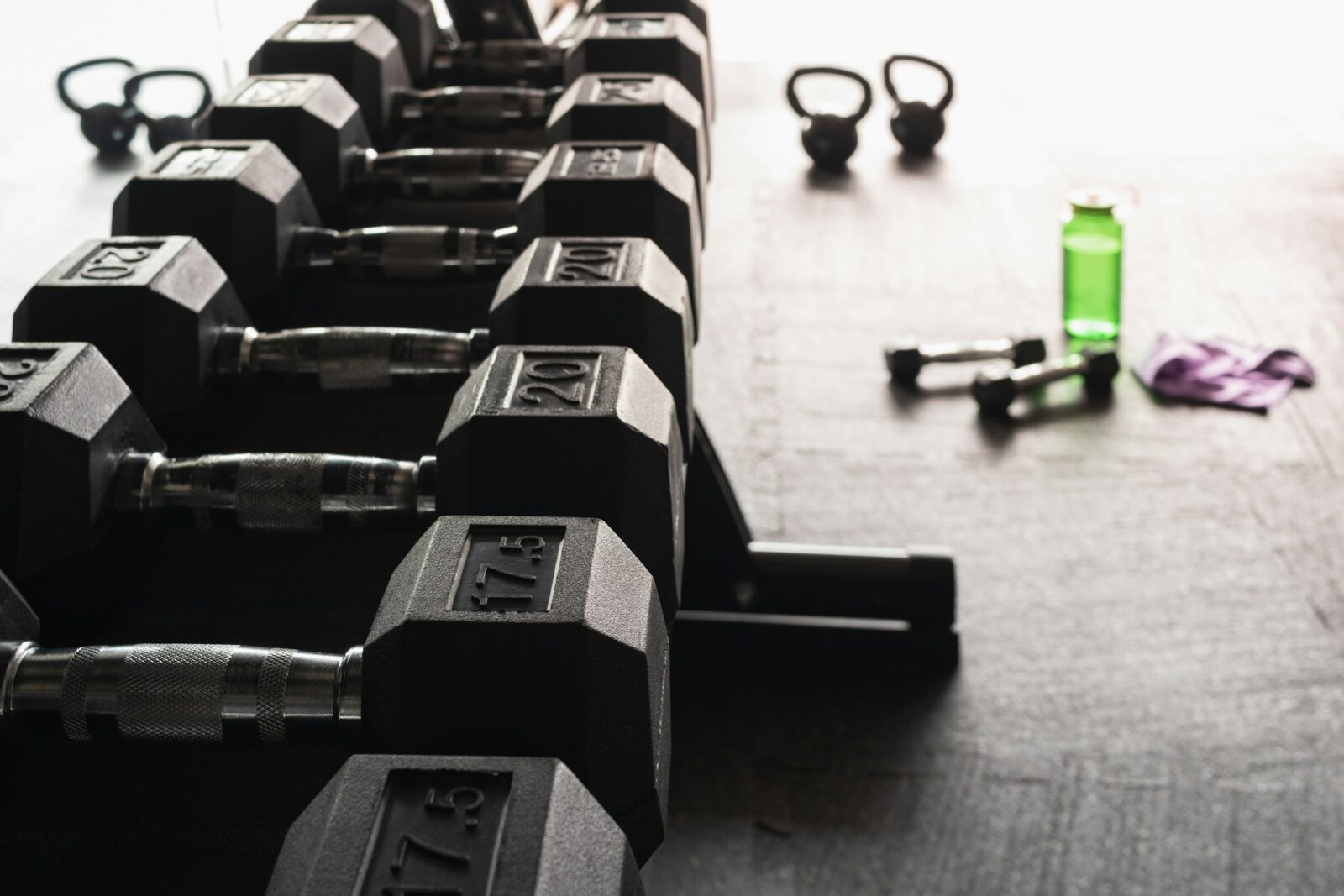Starting a strength training routine can feel overwhelming. With countless exercises, techniques, and conflicting advice online, many beginners struggle to know where to begin their fitness journey.
The good news? You don’t need complex movements or expensive equipment to build a solid foundation. Effective strength training starts with mastering fundamental exercises that target multiple muscle groups while teaching proper movement patterns.
This guide walks you through the most effective strength training exercises for beginners, complete with proper form cues and progression tips. By the end, you’ll have a clear roadmap to start building strength safely and effectively.
Why These Exercises Matter for Beginners
Before diving into specific movements, it’s important to understand what makes certain exercises ideal for those new to strength training. The best beginner workouts focus on compound movements—exercises that work multiple muscle groups simultaneously.
Compound exercises offer several advantages for beginners. They teach your body to move as a unified system rather than isolated parts.
This builds functional strength that translates to everyday activities like lifting groceries or climbing stairs. Additionally, these movements provide more bang for your buck, allowing you to work your entire body efficiently.
Safety is another crucial factor. The exercises outlined here have been selected because they’re relatively easy to learn with proper instruction and carry lower injury risk when performed correctly.
Upper Body Foundation Exercises
Push-Ups
The push-up remains one of the most effective upper-body exercises for beginners. This bodyweight movement targets your chest, shoulders, and triceps while engaging your core for stability.
Start in a plank position with hands placed slightly wider than shoulder-width apart. Keep your body in a straight line from head to heels. Lower your chest toward the ground until your elbows reach about 90 degrees, then press back up to the starting position.
If a full push-up is too challenging initially, modify it by placing your knees on the ground or performing the movement against a wall or elevated surface like a bench.
Bent-Over Dumbbell Rows
This exercise strengthens your back muscles, which often become weak from prolonged sitting and poor posture. You’ll need a pair of dumbbells or even water bottles to get started.
Hold a dumbbell in each hand with arms extended. Hinge at your hips, keeping your back straight and knees slightly bent. Pull the weights toward your ribcage, squeezing your shoulder blades together. Lower with control and repeat.
Focus on initiating the movement from your back muscles rather than your arms. Your torso should remain stable throughout the exercise.
Overhead Press
The overhead press builds shoulder strength and stability while challenging your core. Start with lighter weights to master the movement pattern.
Stand with feet hip-width apart, holding dumbbells at shoulder height. Press the weights directly overhead until your arms are fully extended. Lower with control back to the starting position.
Keep your core tight throughout the movement to prevent arching your back. If you feel strain in your lower back, reduce the weight or check your form.
Lower Body Power Moves
Bodyweight Squats
Squats are fundamental to any strength training program. They target your quadriceps, glutes, and hamstrings while improving mobility in your hips and ankles.
Stand with feet slightly wider than hip-width apart, toes pointing slightly outward. Lower your body by pushing your hips back and bending your knees, as if sitting back into a chair. Descend until your thighs are parallel to the ground, then drive through your heels to return to standing.
Common mistakes include allowing knees to cave inward or rounding the back. Focus on keeping your chest up and knees tracking over your toes.
Lunges
Lunges challenge each leg independently, helping identify and correct strength imbalances. They also improve balance and coordination.
From a standing position, step forward with one leg, lowering your body until both knees form 90-degree angles. Your front knee should be directly above your ankle, and your back knee should hover just above the ground. Push through your front heel to return to the starting position.
Alternate legs or complete all repetitions on one side before switching. Start with bodyweight before adding dumbbells or other resistance.
Glute Bridges
This exercise specifically targets your glutes, which are often underactive in people who sit frequently. Strong glutes are essential for proper movement patterns and injury prevention.
Lie on your back with knees bent and feet flat on the ground. Squeeze your glutes and drive your hips upward, creating a straight line from your knees to your shoulders. Hold briefly at the top, then lower with control.
Focus on squeezing your glutes rather than pushing through your back. You should feel the work primarily in your buttocks and the back of your thighs.
Core Strengthening Essentials
Planks
Planks build core endurance and teach proper spinal alignment. This exercise engages deep stabilizing muscles that support your spine during daily activities.
Start in a push-up position, then lower onto your forearms. Keep your body in a straight line from head to heels, engaging your core muscles. Hold this position while breathing normally.
Begin with 20-30 second holds and gradually increase the duration as you build strength. Avoid letting your hips sag or pike upward.
Dead Bugs
This exercise teaches core control while moving your arms and legs independently. It’s particularly effective for improving coordination and stability.
Lie on your back with arms extended toward the ceiling and knees bent at 90 degrees. Slowly lower one arm overhead while extending the opposite leg toward the ground. Return to the starting position and repeat with the opposite arm and leg.
Move slowly and maintain contact between your lower back and the ground throughout the movement.
Creating Your Beginner Routine
Now that you’re familiar with these fundamental exercises, it’s time to put them together into a cohesive routine. A well-structured program for beginners should include 2-3 training sessions per week, allowing at least one day of rest between sessions.
Start with 2-3 sets of 8-12 repetitions for each exercise. For time-based exercises like planks, begin with 20-30 seconds and gradually increase the duration. Focus on proper form over the number of repetitions or weight used.
Here’s a sample full-body routine you can perform 2-3 times per week:
Workout A:
- Push-ups: 2-3 sets of 8-12 reps
- Bodyweight squats: 2-3 sets of 10-15 reps
- Bent-over dumbbell rows: 2-3 sets of 8-12 reps
- Planks: 2-3 sets of 20-30 seconds
Workout B:
- Overhead press: 2-3 sets of 8-10 reps
- Lunges: 2-3 sets of 8-10 per leg
- Glute bridges: 2-3 sets of 12-15 reps
- Dead bugs: 2-3 sets of 8-10 per side
Alternate between these two routines, ensuring you have at least one day of rest between training sessions.
Progression and Safety Tips
As you become more comfortable with these movements, you can gradually increase the challenge. This might mean adding more repetitions, increasing the duration of holds, or incorporating light weights where appropriate.
Listen to your body and progress at a sustainable pace. It’s normal to feel some muscle fatigue and mild soreness after workouts, but sharp pain or severe discomfort may indicate improper form or the need to reduce intensity.
Consider working with a qualified trainer when starting, especially if you’re new to exercise or have any health concerns. Many fitness professionals offer online or in-person sessions specifically designed for beginners.
Taking the Next Step in Your Fitness Journey
These fundamental strength training exercises provide an excellent foundation for beginners looking to improve their fitness and achieve their fitness goals.
Remember that consistency matters more than perfection—showing up regularly and focusing on proper form will yield better results than sporadic intense sessions.
This website offers additional resources to support your strength training journey, including detailed exercise demonstrations and progressive workout plans.
As you build confidence with these basic movements, you can explore more advanced variations and equipment-based exercises.
Start with just two sessions per week, master these movement patterns, and gradually build from there. Your future self will thank you for taking that first important step toward better health and strength.














